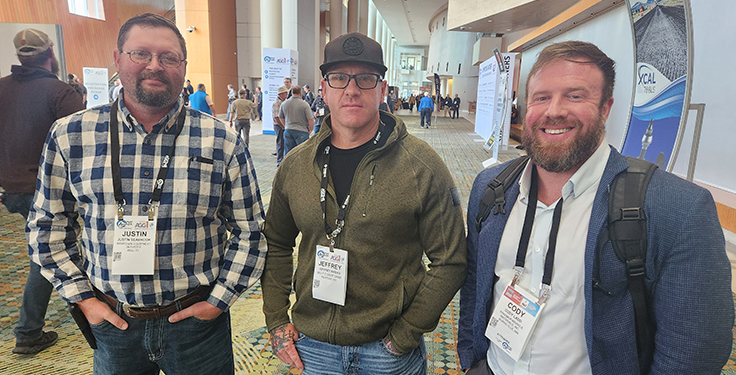Main looks forward, back as a new MSHA era dawns
Joe Main, assistant secretary of labor at the Mine Safety & Health Administration (MSHA), reflected on his seven years at the agency during a teleconference with reporters Dec. 14.
Main also addressed MSHA’s future on the call, expressing optimism for continued progress in mine safety and health as he prepares to exit the agency that will soon be under the guide of the Trump administration.
“I have a lot of hope that the strength of the mining industry is going to continue moving forward,” he says. “But we’ll just have to wait to see where things go.”
Citing conversations and meetings had with the nation’s miners over the years, Main says the industry has bought into MSHA’s policies and is largely appreciative of the results generated from agency initiatives. According to Main, those initiatives brought mining fatalities and injuries to all-time lows. Fatality and injury rates are also significantly down.
“Six out of seven years during this administration, we’ve been able to hold mining deaths and fatality rates to all of the previous years in history,” Main says. “The only exception in this administration was 2010, when the Upper Big Branch disaster occurred.”
Another positive takeaway for Main is that MSHA completed all of its mandated inspections during his tenure. Legislation requires two annual inspections at every surface mine and four at every underground mine. The agency kept up with that rule in both the metal/nonmetal and coal mining sectors, inspecting between 13,000 and 14,500 mines each year.
“We have every single year done our full inspections at every one of those mines,” Main says. “That’s the first time that’s happened in the records since 2008. We have a very dedicated staff able to do that.”
The industry also made progress with the pattern of violations (POV) regulation, he adds. The agency overhauled the POV process in 2010, identifying 51 mines that fit the criteria for the enforcement tool. MSHA saw continuous improvement in the years that followed.
“Last year, we did a screening using the same criteria and there were no mines identified that met the criteria,” Main says.
Other areas Main references as having achieved progress:
- Significant and substantial violations, which declined 54 percent between 2010 and 2016
- Citations and orders, which dropped from 170,064 in 2010 to 107,965 in 2015
- Fines, which dropped from a high of $162.8 million in 2010 to $65 million in 2015.
The implementation of Rules to Live By standards and the workplace exam rule also increased mine safety, according to Main.
“We’ve seen a 15 percent drop in mining deaths since we implemented that new (workplace exam) rule,” Main says.
A final rule on proximity detection systems for continuous mining machines is one Main hopes to complete before leaving MSHA. Work remains in the crystalline silica regulatory arena, he adds, but that’s work the next administration will likely have to complete.
“I’m hopeful work continues on that,” says Main, adding that he’d like to see a continuous dust-monitoring tool developed.










